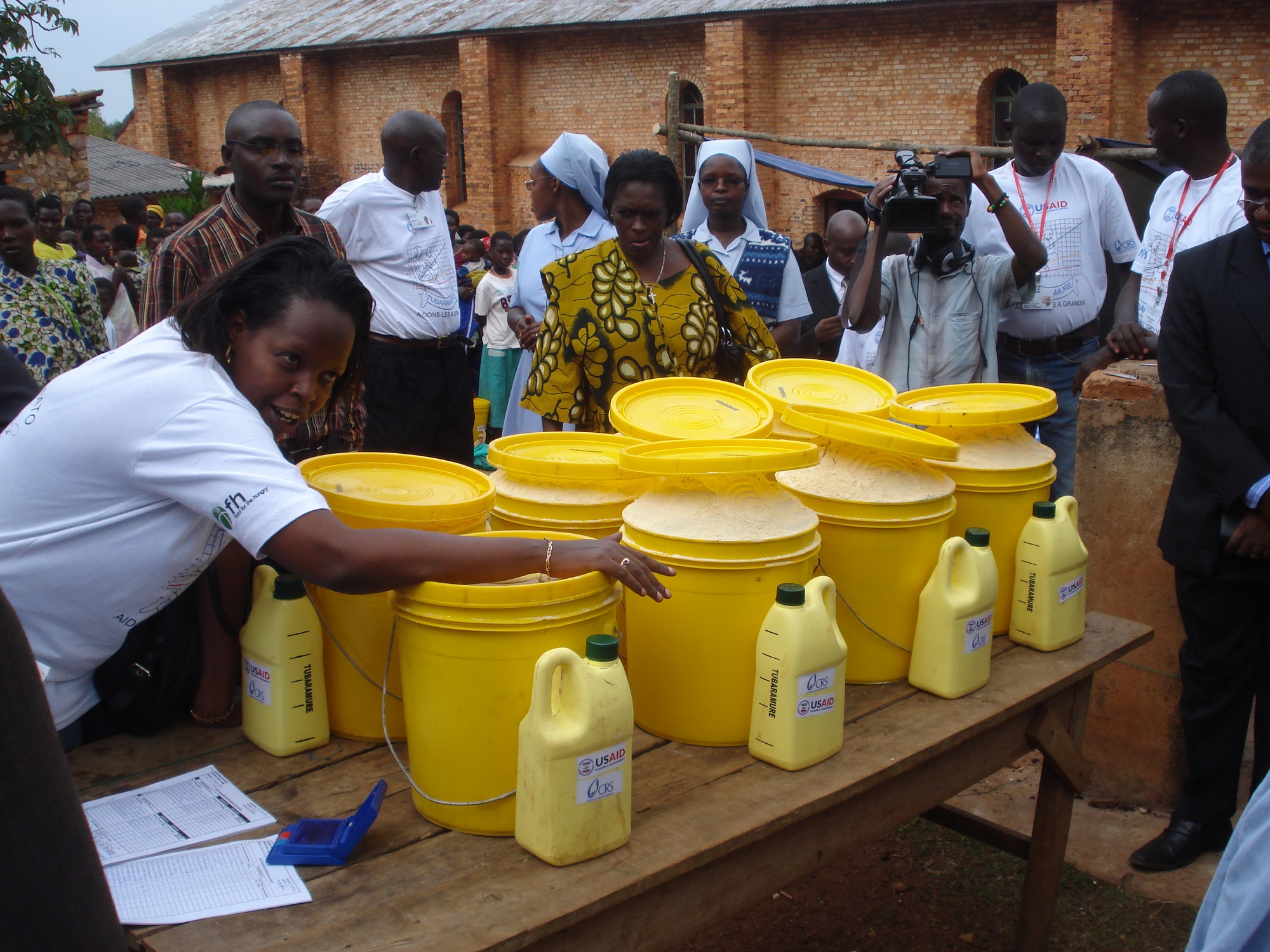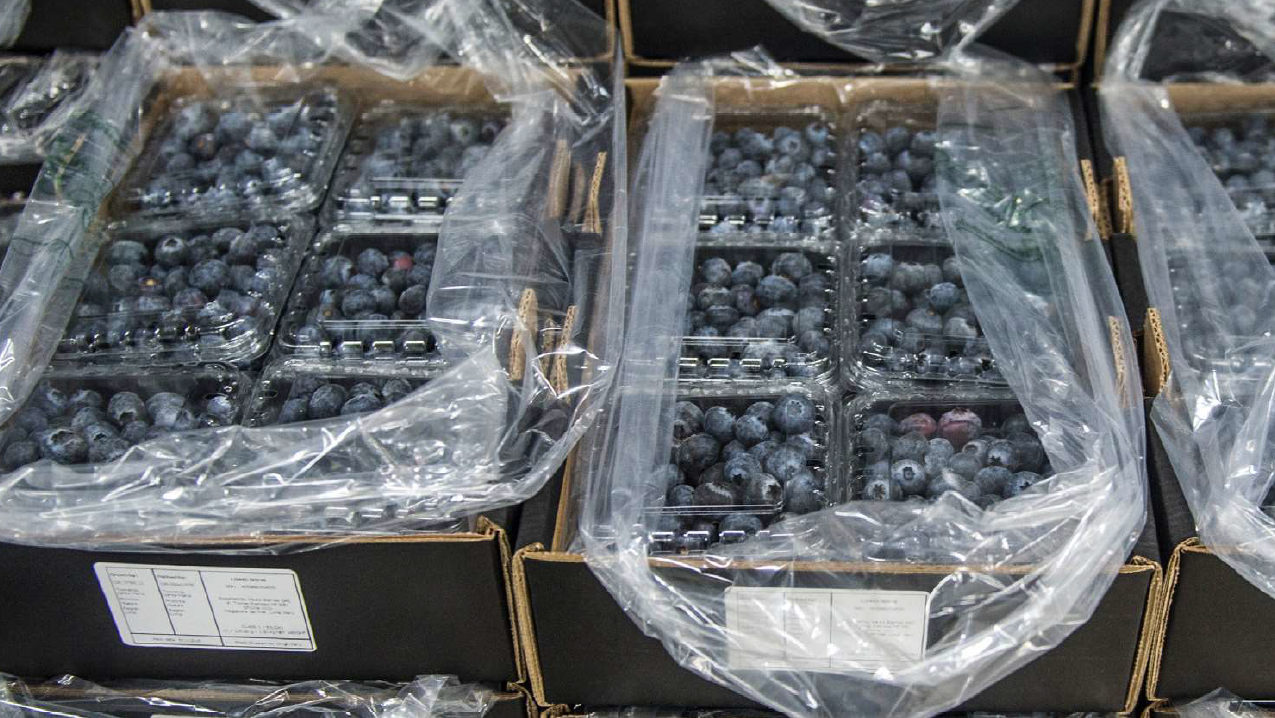This blog post is the first in a series on a research project in Guatemala and Burundi which evaluated how to optimize food assistance programs for the maximum impact. Read the second piece here, third here, fourth here, fifth here, and sixth here.
Food-assisted maternal and child health and nutrition (FA-MCHN) programs have long been used to address hunger and hunger-related problems. Traditionally, such programs targeted families with underweight children younger than five. But a landmark IFPRI study in Haiti showed that preventive interventions—those that target all mothers during pregnancy and the first 6 months of lactation as well as children between 6 and 24 months old (the first 1,000 days)—are more effective than traditional recuperative interventions.
To build on the findings of the groundbreaking Haiti study, the United States Agency for International Development’s Office of Food for Peace commissioned two rigorous evaluations of FA-MCHN programs—one in Guatemala focusing on the optimal quantity and composition of food rations, and the other, detailed below, in Burundi to assess the optimal timing and duration of FA-MCHN programs for preventing malnutrition in children under two.
The Tubaramure Program
Ranked near the bottom of the Human Development Index (184 out of 188 countries), Burundi suffers from high levels of hunger and low levels of education. The nutrition situation in the country is dire. Anemia is prevalent among pregnant women and children under the age of five (31 percent and 47 percent, respectively, in 2011), and recent surveys show that 60 percent of children under five are stunted.
To address these challenges, a consortium of nongovernmental organizations led by Catholic Relief Services launched a large-scale FA-MCHN program called Tubaramure (“let’s help them grow” in Kirundi) in eastern Burundi. The program, which lasted from 2009 to 2014, included three key components: 1) the distribution of food rations; 2) activities to strengthen the quality and promote the use of health services; and 3) a behavior change communication (BCC) strategy aimed at improving health, hygiene, and nutrition practices. All pregnant women and mothers with children under 6 months old were invited to participate. They were encouraged to stay in the program until their children were 24 months old.
To determine Tubaramure’s impact on child linear growth as well as the differential effect on linear growth of varying the timing and duration of food rations, IFPRI researchers Jef Leroy, Deanna Olney, Marie Ruel and colleagues carried out a cluster-randomized controlled trial. Sixty collines (an official administrative unit in Burundi) meeting the study criteria were randomized into one of four treatment arms: 1) The “T24” arm provided all program benefits from pregnancy until the child was 24 months old; 2) “T18” provided all benefits from pregnancy, but ended food rations when the child reached 18 months; 3) “TNFP” provided all benefits except for food rations during pregnancy, with rations beginning at the child’s birth and all benefits ending when the child turned 24 months old; and 4) a control group.
Program impacts were measured through three repeated cross-sectional surveys: the 2010 baseline and follow-ups in 2012 and 2014. IFPRI also evaluated whether program impacts varied by socioeconomic or sociodemographic characteristics.
Effects on child stunting
The Tubaramure program had a positive impact on the prevalence of stunting. During the study period, stunting did not rise among participants in the three treatment arms, while rising considerably—from 68 percent to 75 percent—in the control area. The prevalence of stunting in the full treatment arm (T24) was 7.4 percentage points lower than in the control arm.
The program had the greatest impact on children in better-off households (with greater assets, literate mothers, and parents with some education). As participation did not vary across socioeconomic groups, this was not the result of differential program participation. Rather, lack of literacy or education may have limited the impact of BCC sessions on the knowledge and practices of mothers; resource constraints may have inhibited the implementation of improved health, hygiene, and feeding practices; the program “dosage” may have been too low for the most-stunted children to biologically respond; or poor health could have inhibited significant effects on stunting in these children.
Optimal duration of food assistance
While the difference in impact between the treatment arms was not statistically significant, the largest impact on stunting was experienced by those who received food assistance throughout the entire period of the first 1,000 days, from conception to a child’s second birthday. This finding suggests that to maximize impacts on linear growth, nutrition interventions should target this whole period.
Jef Leroy is a PHND Senior Research Fellow with IFPRI’s Poverty, Health, and Nutrition Division (PHND); Deanna Olney is a PHND Senior Research Fellow; Marie Ruel is Director of PHND; Tracy Brown is an IFPRI Senior Editor. This blogpost is based on a project made possible by support from the United States Agency for International Development, the Food and Nutrition Technical Assistance III Project (FANTA) managed by FHI 360, and the CGIAR Research Program on Agriculture for Nutrition and Health.







